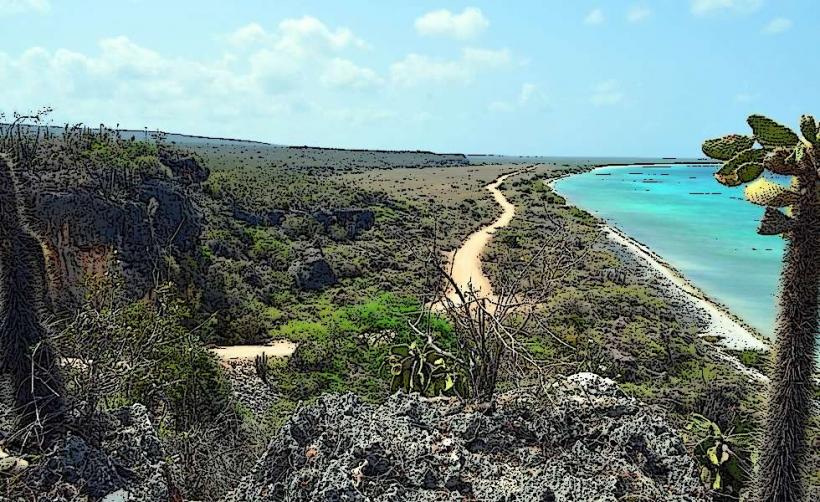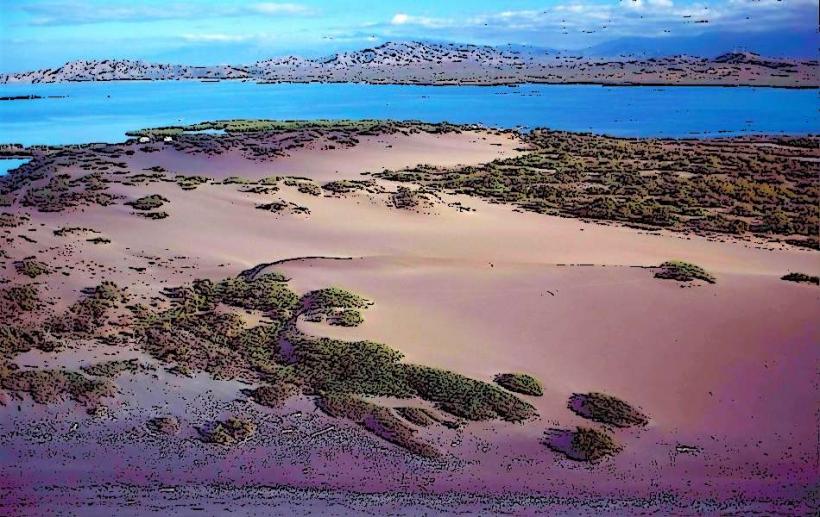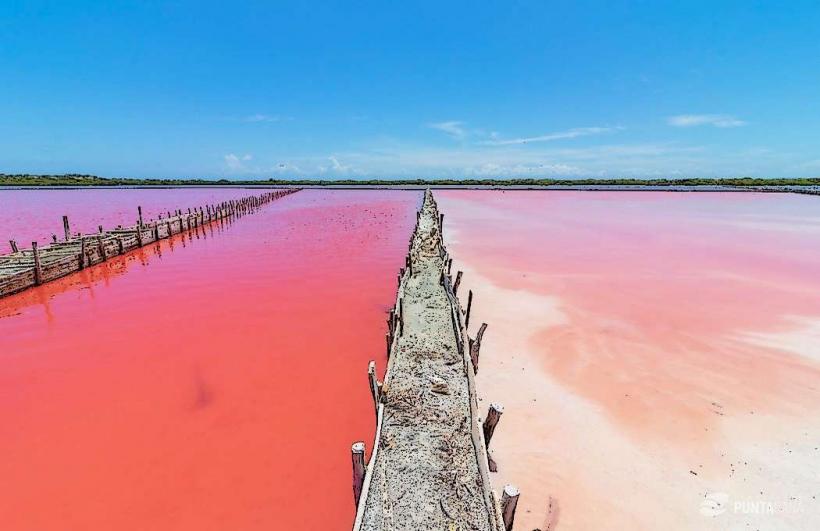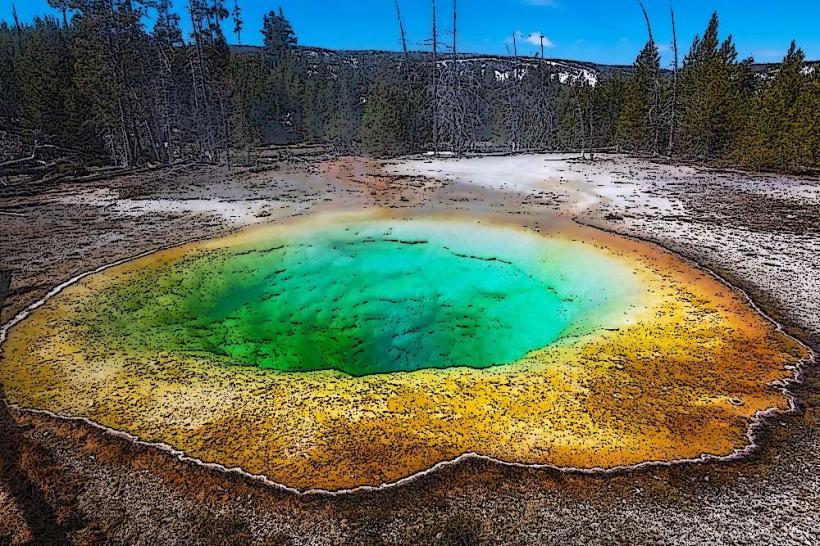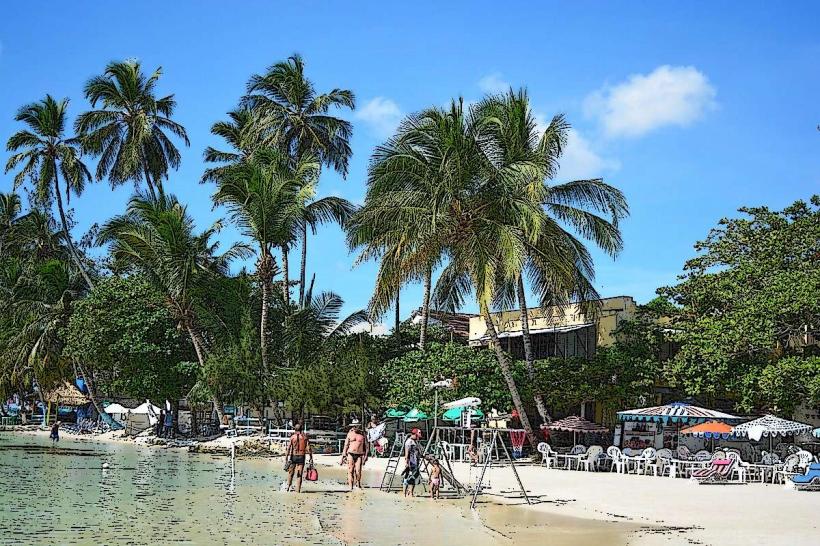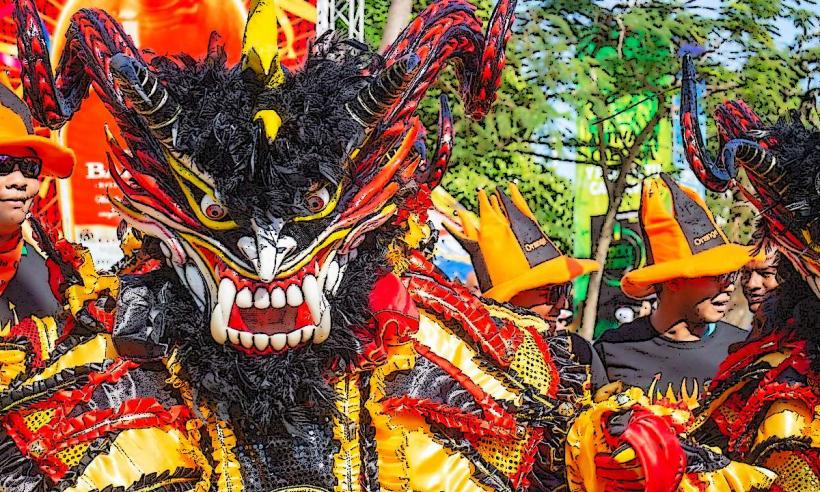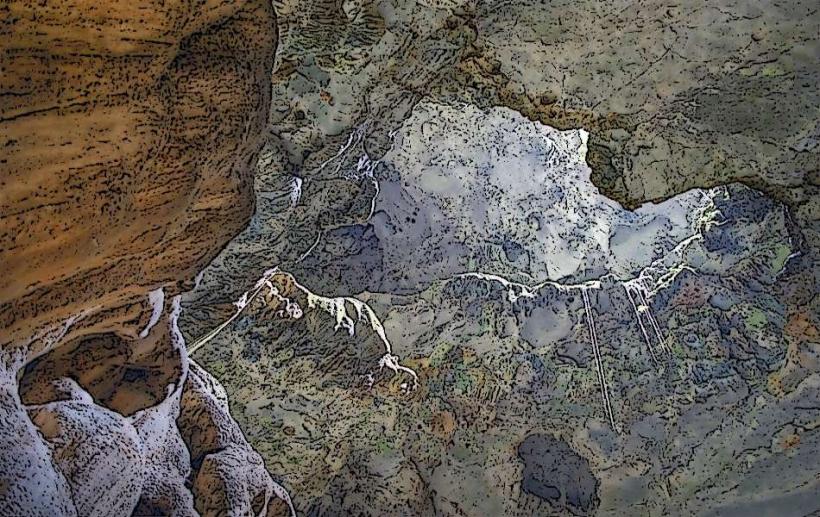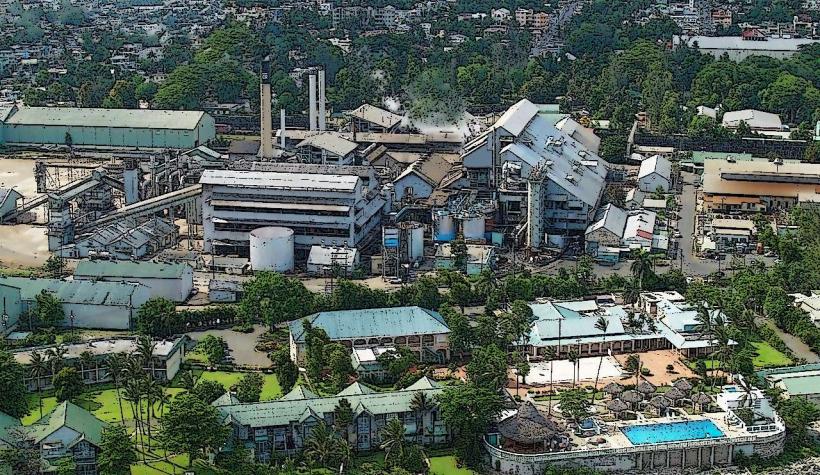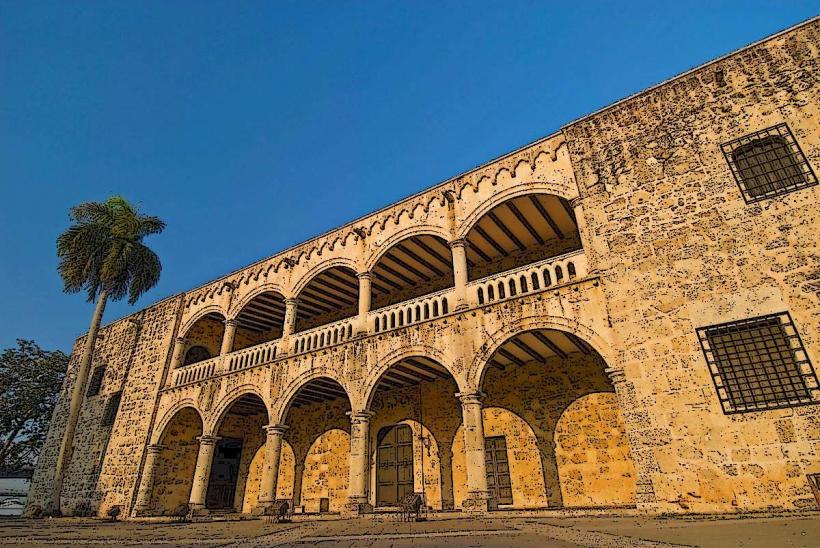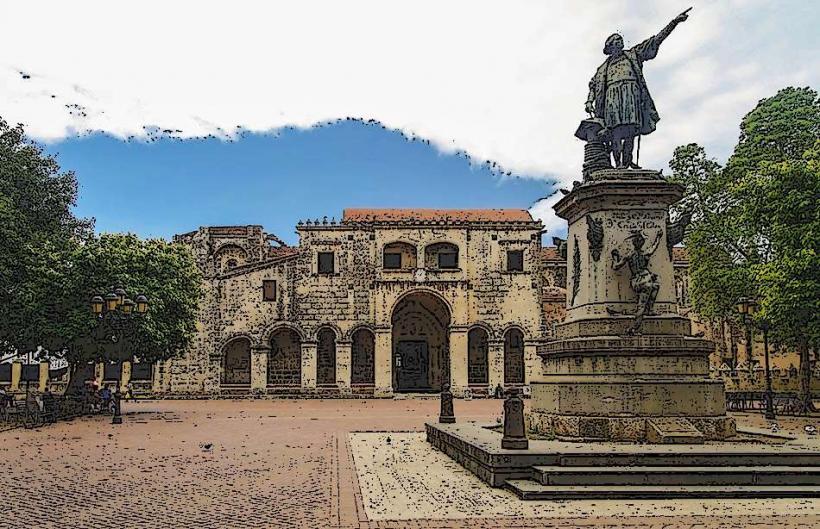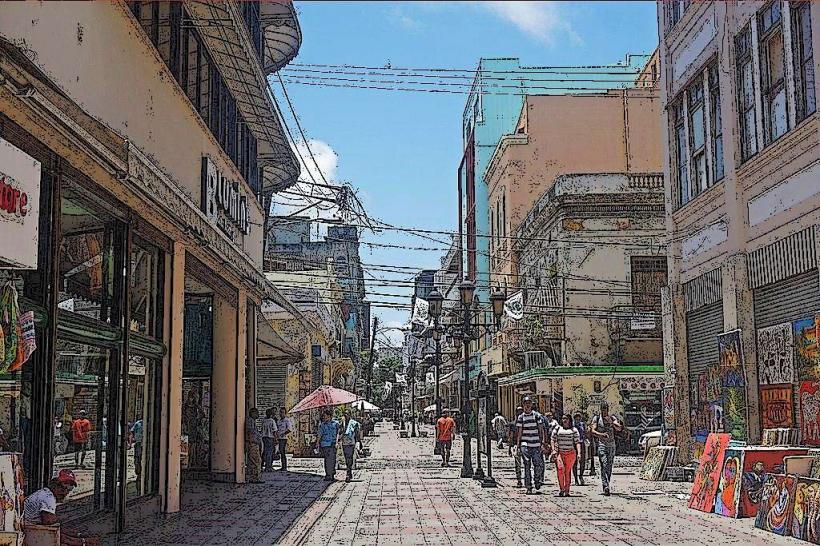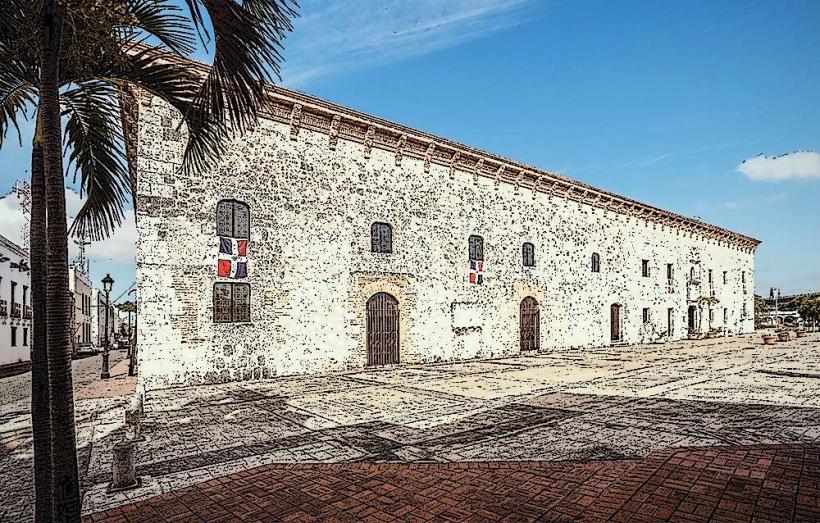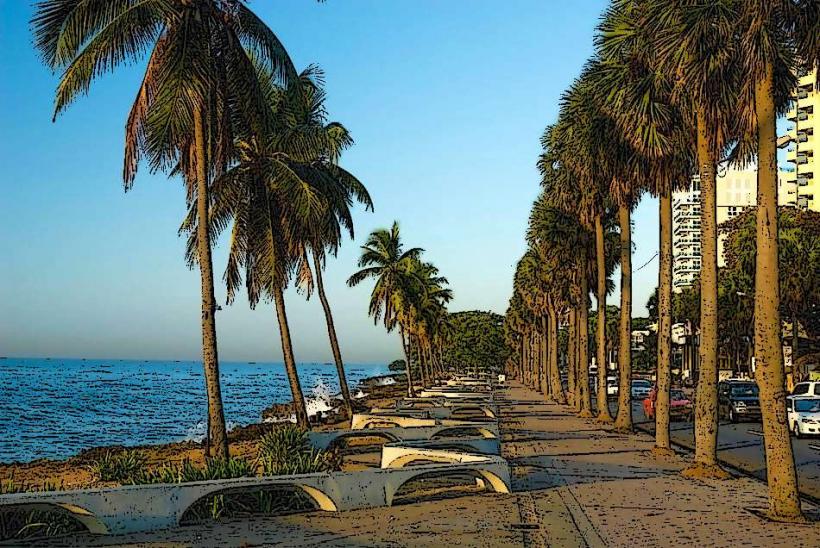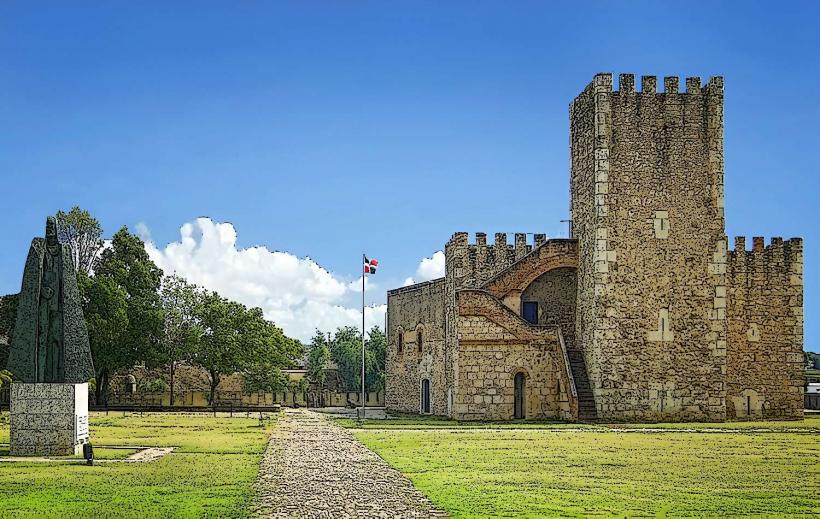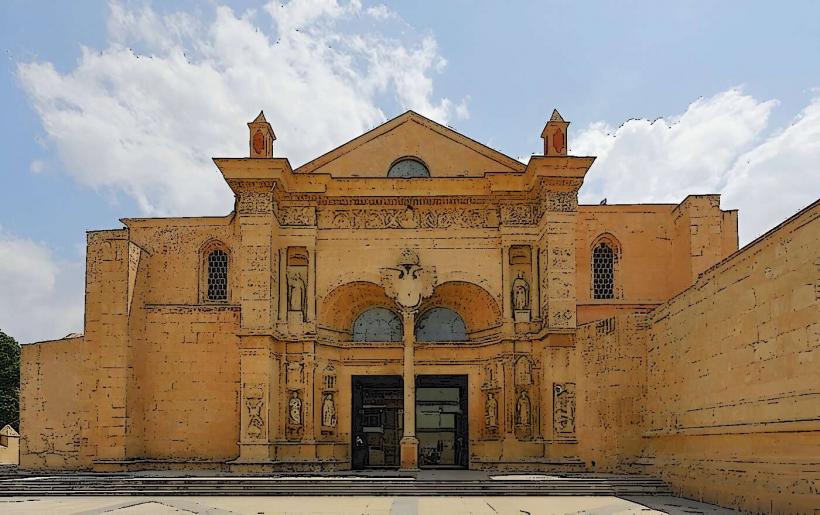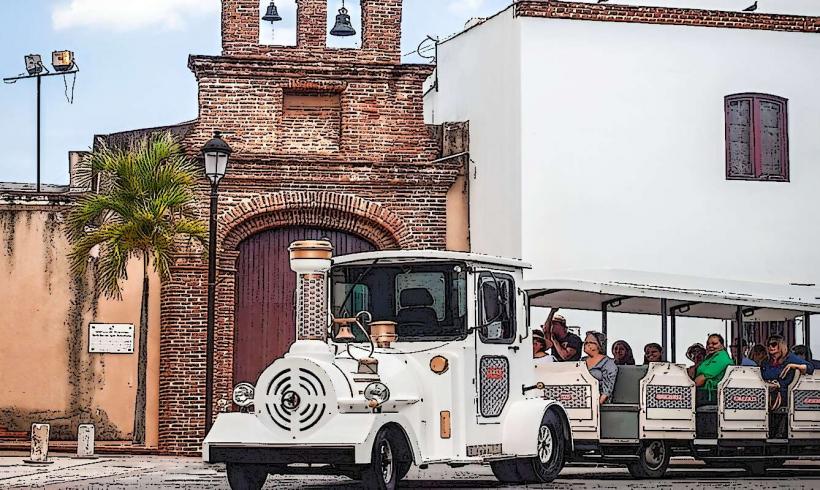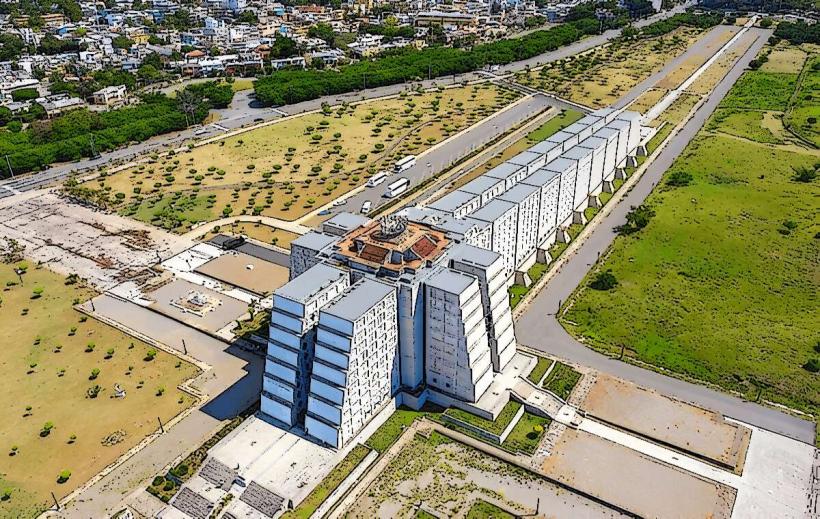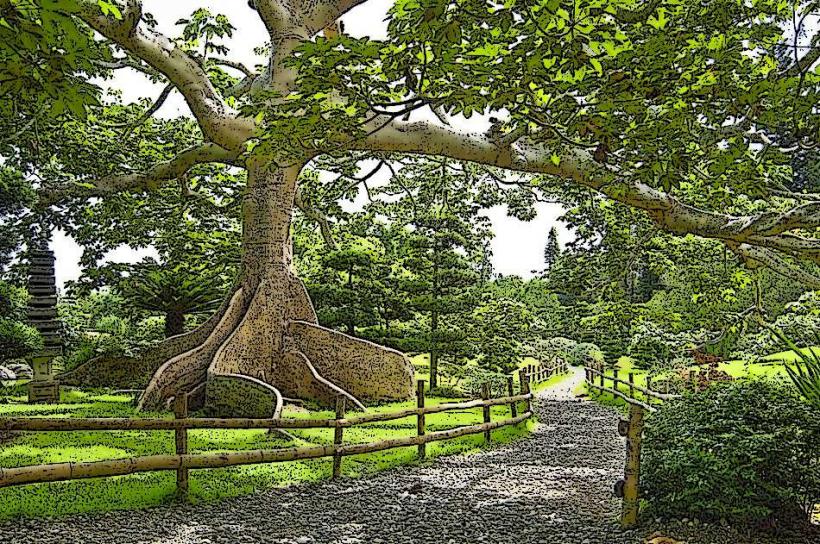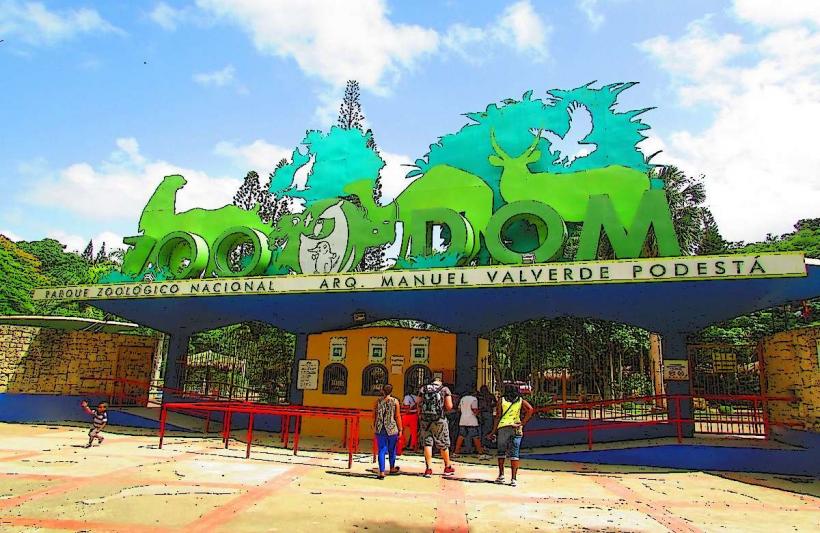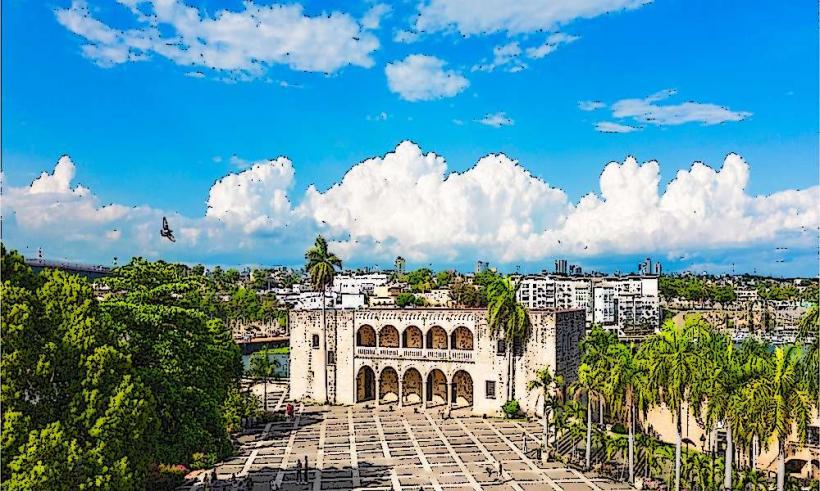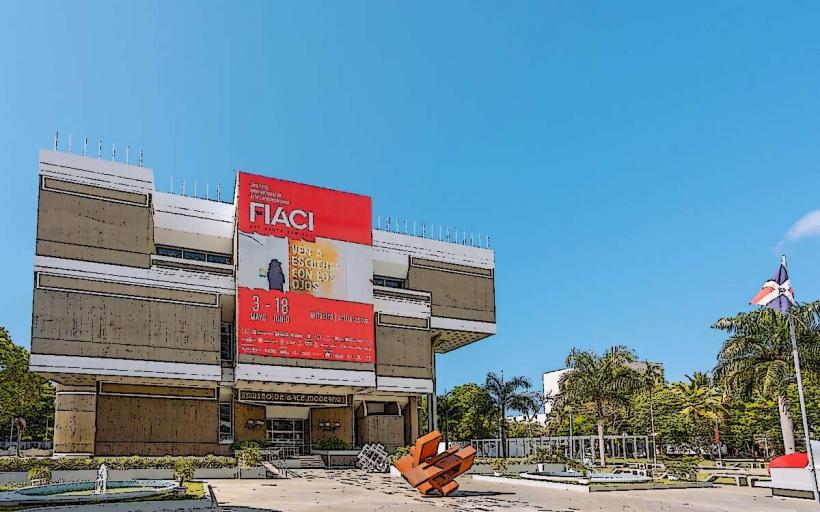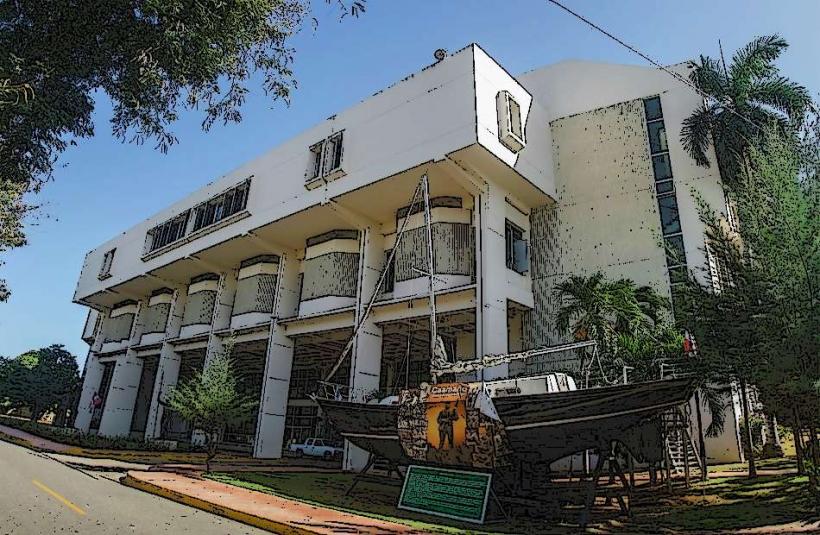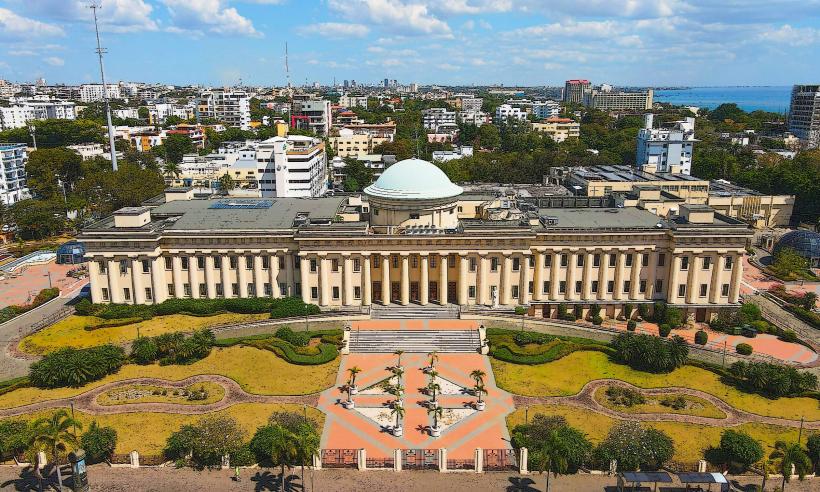Information
Landmark: National PantheonCity: Santo Domingo
Country: Dominican Republic
Continent: North America
The National Pantheon (Panteón Nacional) in Santo Domingo, Dominican Republic, is one of the country’s most important historical landmarks. It serves as both a symbol of national pride and a resting place for the nation's heroes. Located in the Colonial Zone of Santo Domingo, the National Pantheon is a significant monument in the history of the Dominican Republic.
Historical Background
- Construction: The building was initially constructed between 1714 and 1746 as a Jesuit church dedicated to Saint Peter. The structure was commissioned by the Spanish colonial government during the period when the country was part of the Spanish Empire.
- Transformation: In the early 20th century, following the restoration of Dominican independence from Haitian occupation in 1844, the church was converted into a National Pantheon by President Ulises Heureaux in 1884. It was repurposed to honor and house the remains of national figures who played key roles in the country’s independence and history.
- Significance: The building’s transformation into a National Pantheon was part of an effort to honor the Dominican Republic's heroes and create a space that celebrated the country’s identity.
Architectural Features
- Baroque Style: The National Pantheon’s design is a mix of Baroque and neoclassical architectural elements, with the structure having been influenced by European styles that were popular in the colonial period.
- Exterior: The building features a grand façade with pillars, arches, and large windows. The main entrance is marked by a pair of double doors that lead into the grand hall.
- Interior: Inside, the Pantheon has a vaulted ceiling and is decorated with marble floors and columns. The interior is designed to convey both solemnity and reverence, reflecting the respect given to the country’s heroes and founding figures.
Role as a National Monument
- Resting Place for National Heroes: The National Pantheon is the final resting place for many of the country’s most important historical figures, including:
- Juan Pablo Duarte: One of the Founding Fathers of the Dominican Republic and a key figure in the country's fight for independence.
- Francisco del Rosario Sánchez: A prominent leader in the Dominican War of Independence and one of the country's founding fathers.
- Rafael María Moscoso: A doctor and statesman who was also a leader in the fight for independence.
- Gregorio Luperón: A military and political leader, considered a national hero for his role in the restoration of Dominican independence.
- Other figures: Numerous other figures from Dominican history, including politicians, soldiers, and national leaders, are interred here.
- Commemoration of Key Events: The Pantheon is a central site for national ceremonies, especially on major national holidays like Independence Day (February 27) and Restoration Day (August 16). The site hosts official events, including military parades and commemorations, to honor those interred there and celebrate the country’s history.
The National Pantheon as a Museum
- Museum: The National Pantheon is not only a religious and historical monument but also functions as a museum. Visitors can explore displays that explain the country’s struggle for independence, the significance of the individuals buried there, and the broader history of the Dominican Republic. Exhibits include historical artifacts, documents, and visual displays that highlight the key events of Dominican history.
- Visitor Experience: Visitors can take guided tours of the Pantheon, where they can learn about the significance of the site and the individuals honored there. The building’s architecture, its decoration, and the exhibits all contribute to a deeper understanding of Dominican heritage and the importance of the site.
Significance to Dominican Identity
The National Pantheon plays an essential role in the Dominican Republic’s collective memory. It is not just a tomb for the country’s heroes, but also a place where the Dominican people can reflect on their shared history, cultural identity, and the struggles for freedom and independence. The Pantheon underscores the importance of the Dominican War of Independence and the national effort to break free from colonial powers, most notably Spain and Haiti.
Location and Accessibility
- Address: The National Pantheon is located in the heart of Santo Domingo’s Colonial Zone, specifically in Plaza de la República.
- Opening Hours: The Pantheon is typically open to the public for visits every day, with specific hours for tours. It is best to check ahead for current times.
- Admission: There is a small entry fee for visitors, and guided tours are often available for a more in-depth experience.
- Accessibility: The site is easily accessible to visitors walking through the historic Colonial Zone, and it is a popular stop for tourists exploring the area.
Nearby Attractions
The National Pantheon is situated in the historic heart of Santo Domingo, making it part of the Colonial City of Santo Domingo, which is a UNESCO World Heritage site. Nearby attractions include:
- The Alcázar de Colón (Columbus Palace).
- The Cathedral of Santa María la Menor, the oldest cathedral in the Americas.
- Parque Colón (Columbus Park), where the statue of Christopher Columbus stands.
Conclusion
The National Pantheon of the Dominican Republic is much more than a burial site for national heroes; it is a central piece of the country’s national consciousness and pride. Its architectural beauty, historical significance, and role as a memorial for those who shaped the nation's destiny make it one of the most important sites in the Dominican Republic. Visitors to the Pantheon not only gain insight into Dominican history but also experience a space of reverence and reflection on the country’s journey toward independence and nationhood.

